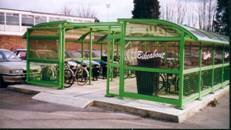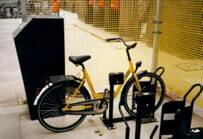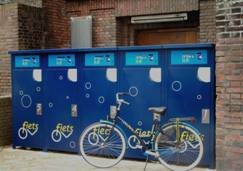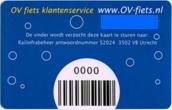CONCEPTDixon-Bate developed electronically operated Grippa" Cycle Racks as part of a complete system that includes consoles, software, hardware and installation. Initially installed in Portsmouth University for use by staff & students, it also featured in a pilot scheme in Rotterdam for use by tourists. Velotron has been developed using the experience gained since 1995 with the electronic Grippa" schemes in Portsmouth and Rotterdam, and is an electronically controlled security system designed to operate a wide variety of free-bike or hire-bike schemes. |
||
|
||||||||||||
FLEXIBLESoftwareThe software designed and developed for VeloTron utilises a flexible modular and is used in projects including:
And for operating a range of parking equipment such as:
And has the capability to interface with swipe cards, chip-cards, etc. HardwareThe electronic hardware used in any VeloTron system can include:
CONTROLThis is the most important aspect of any VeloTron system as it is responsible for how the system operates - either directly with a customer (user) or with other elements of the Scheme. In general all Velotron Systems include the following: |
|






